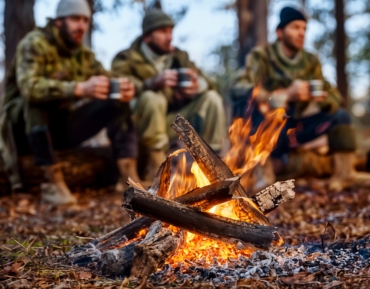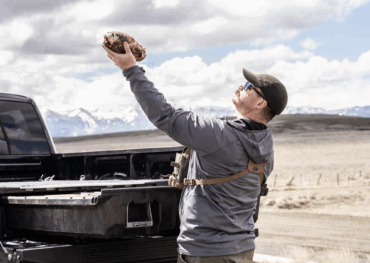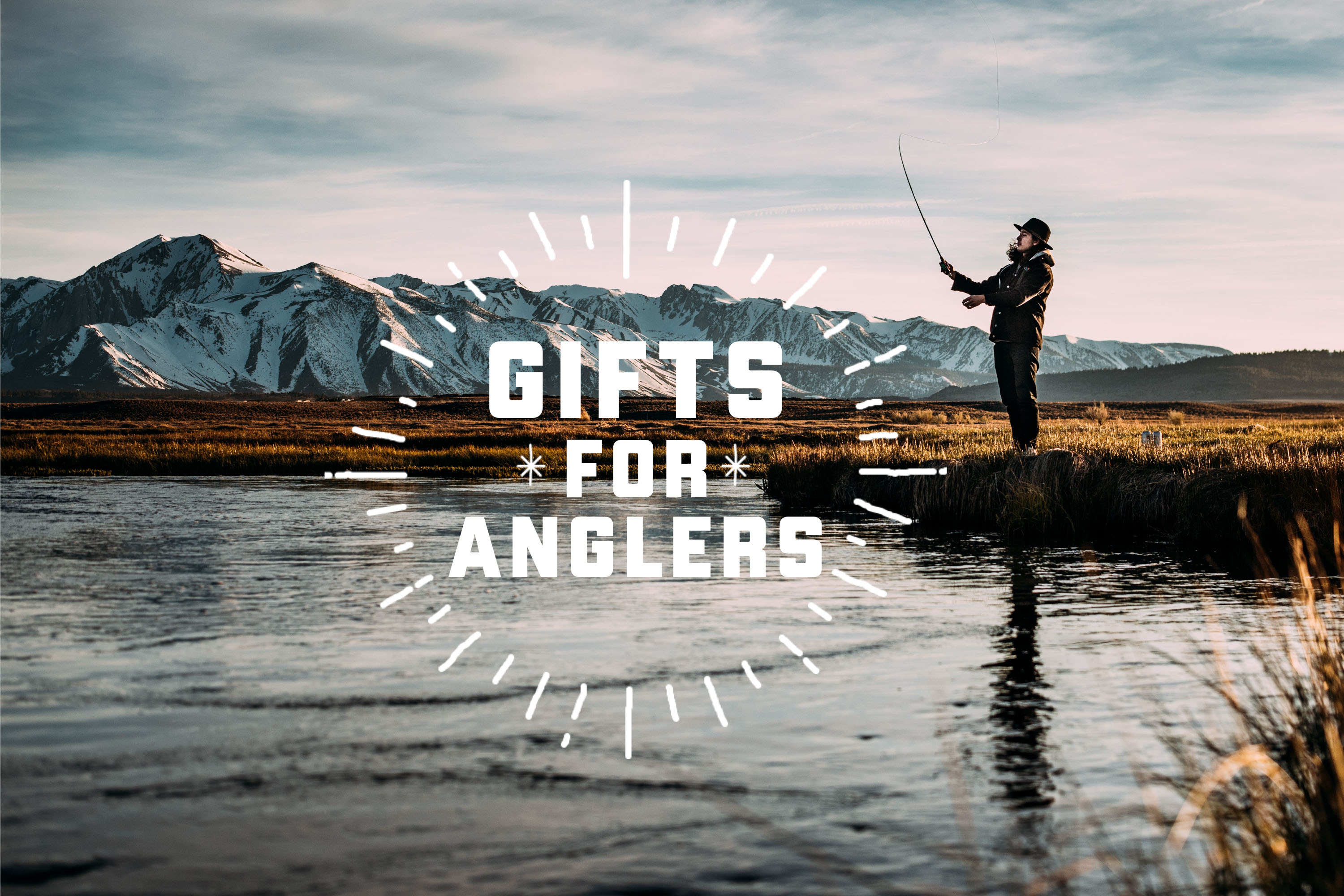For many fly fishers, spring is synonymous with the start of another exciting trout season. Here are our favorite tips to make sure you land your dream trout.
There’s no doubt that spring is a fun time to fly fish. Spring means gradually warming rivers and increasingly active trout. It can be one of the most exciting times of the year to fly fish, but you need to know how to approach trout in spring.
Changing water flows, temperatures, and hatches can dictate your spring success. And knowing how to effectively adapt to the volatility of spring fly fishing conditions is the key. Here are our favorite ways to increase your chances of catching a big one on the water this spring.
Don’t Forget Winter Tactics
Just because the weather is getting nicer doesn’t mean you have to ditch all the tactics that worked so well for you during the winter. No matter how anxious you might be to throw on some dry flies, winter tactics can often be the most effective way to catch big trout in spring (particularly in the earlier few months of the season).
What do we mean by winter tactics, exactly? First, slow presentations are key. Water temperatures are usually quite cold at the beginning of spring, so a slower presentation of your streamer or nymph can be the secret to get those big fish to bite.
Keeping your flies and presentation deep in the water column is also an effective tactic in early spring. When water temperatures are cool and there’s limited dry fly action, fish tend to stick near the bottom of the river. Setting your nymphing rig just a foot or two deeper could result in a blockbuster day!
Keep a Close Eye on Water Temperatures
Water temperatures are more variable in spring than at any other time of year. Unstable weather, heavy rainfall, and snowmelt are all factors that will dictate the temperature of your river.
If water temperatures are creeping above 50 degrees Fahrenheit, you can expect most trout to start to exhibit summertime behavior. The fish will be more active, feeding closer to the surface of the water column, and they’ll start to move into oxygenated riffles to feed aggressively.
If water temperatures are still in the 30s or 40s, most trout will still be sluggish and hesitant to move much for food. In these cases, keep your presentations on the edge of slower water, where trout will most likely be hiding.
Give Fish a Flashy Presentation
When water levels are high and muddy due to spring rain and runoff, show fish as much flash as possible. Tim Romano of Field & Stream recommends that anglers go for bugs that are bright and a little gaudy so fish can differentiate them in the sea of murk.
Romano is spot-on: A bright, flashy fly can often make the difference between getting skunked and catching the fish of a lifetime. Don’t be afraid to fish flies that are flashier than you would fish otherwise. When water flows are high and muddy, you’ve got nothing to lose; many times, all you have to do is make sure the trout can see your fly!
Go Big or Go Home
Fishing big flies in the spring relies on the same logic that’s applied when you fish flashy flies. You want to make sure trout see your presentation, and big flies are one of the best ways to do that!
If you traditionally would fish a size 18 or 20 pheasant tail, try a 12 or 14 this spring. It just might help you land your dream trout. However, this is a rule that should only be applied if the river you’re fishing is higher and muddier than usual. If it’s low and clear (rare for spring but still possible), keep your presentation small and light.
You’ll need to assess the situation before you decide to supersize your fly, but you’ll see success if the conditions are right.
Try Your Local Tailwater
Unfortunately, not everyone has a local tailwater fishery. If you do get the opportunity to fish one in the spring, though, consider yourself lucky. Tailwaters often fish better than any other rivers in the spring, as their dam-regulated flows are less variable than the volatile levels of surrounding rivers.
Tailwaters will also typically have excellent dry fly hatches in the early spring while other rivers are just starting to defrost. Mayflies, midges, and blue-winged olives dominate early-spring tailwater hatches in much of the United States.
No matter where you live, successful spring fishing relies on your ability to adapt to changing conditions. If you’ve got the ambition to search for big trout this spring, success will certainly follow.











